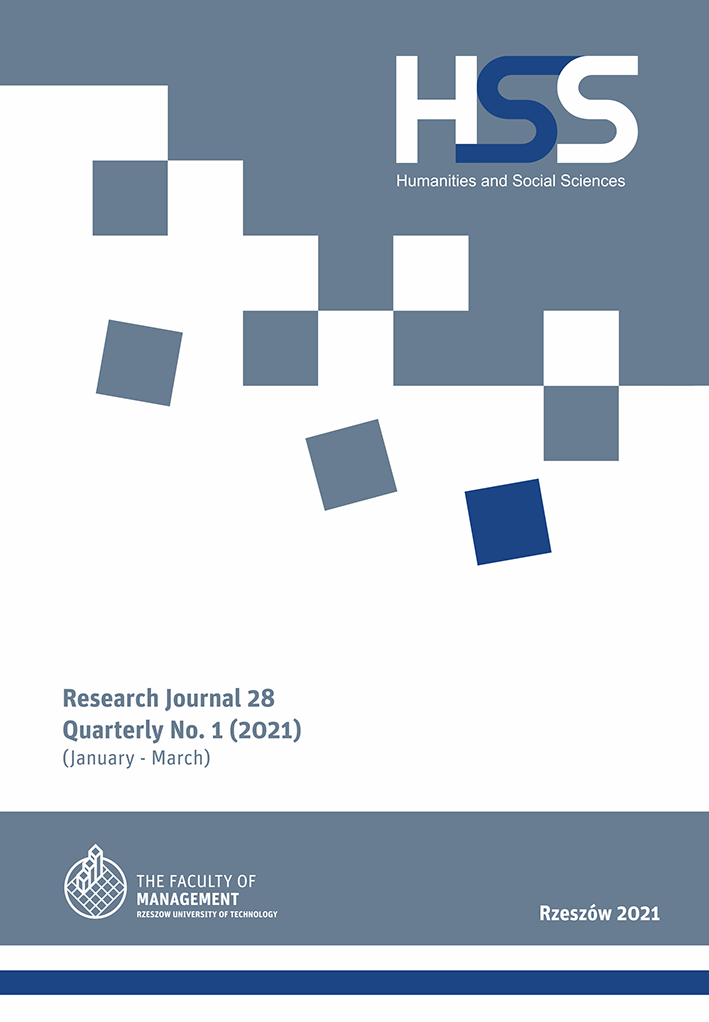Abstract
The article assesses the material living conditions of the population in the eastern and western regions of Poland against the background of the country and its changes in 2010–2018. The spatial scope of the research covers the entire country, including the eastern and western regions of Poland, i.e., territorial government units (voivodships) where the administrative border is also the state border. The temporal scope of the research covers the years 2010 and 2018. The empirical material of the article consists of data from the Central Statistical Office in Warsaw, especially the Household Budget Survey. The empirical material was developed in a graphic form using the method of comparative analysis and a scoring method for all diagnostic features illustrating the material living conditions of residents in the studied regions of Poland against the background of the country in 2010–2018. The conducted analysis showed that there are regional disproportions in terms of the material living conditions of the inhabitants. Even though most of the studied regions improved in this regard over the period studied, the eastern regions of Poland are still falling short in comparison to the western regions. In addition, there are also discrepancies in this respect between individual eastern and western regions. The material living conditions of the inhabitants in most of the analyzed Polish regions should be treated, among other things, as the result of the implementation of the European Union cohesion policy, especially in the eastern regions, which are classified as the least economically developed in the EU.
References
Balcerzak, A. P., Pietrzak, M. B. (2015). Wpływ efektywności instytucji na jakość życia w Unii Europejskiej. Badanie panelowe dla lat 2004–2010. „Przegląd Statystyczny”, R. LXII, z. 1.
Błachut, B., Cierpiał-Wolan, M., Czudec, A., Ślusarz, G. (2017). Jakość życia w województwie podkarpackim w latach 2004–2015. Rzeszów: Urząd Statystyczny w Rzeszowie, Uniwersytet Rzeszowski.
Czapiński, J., Panek, T. (2009). Diagnoza społeczna. Warunki i jakość życia Polaków. Warszawa: Wyższa Szkoła Finansów i Zarządzania.
Czudec, A., Majka, A., Zając, D. (2018). Impact of European Union Cohesion Policy at Local Level (Rural Areas of Eastern Poland Case Study). “Lex localis – Journal of Local Self-Government” No. 4, Vol. 16.
Kędzior, Z. (2003). Metodologiczne aspekty badania jakości życia [In:] Karwowski, J., ed., Jakość życia w regionie. Szczecin: Uniwersytet Szczeciński.
Lambregts, B., Janssen-Jansen, L., Haran, N. (2008). Effective governance for competitive region in Europe: the difficult case of the Randstad. “GeoJournal” No. 72.
Miś, T., Zając, D. (2020). Results of European Union Cohesion Policy in Terms of Quality of Life Improvement on a Regional Level (as Exemplified by Eastern Poland). “Lex localis – Journal of Local Self-Government” No. 1, Vol. 18. DOI: 10.4335/18.1.53-69(2020).
Polverari, L., Bachtler, J. (2005). The contribution of European Structural Funds to territorial cohesion. “Town Planning Review” No. 76 (1).
Raczkowska, M. (2016). Jakość życia w krajach Unii Europejskiej. „Prace Naukowe Uniwersytetu Ekonomicznego we Wrocławiu, Ekonomia” nr 449.
Sompolska-Rzechuła, A. (2013). Jakość życia jako kategoria ekonomiczna. „Folia Pomeranae Universitatis Technologiae Stetinesis, Oeconomica” No. 301(71).
Wawrzyniak, D. (2016). Standard Of Living In The European Union. “Comparative Economic Research” No. 1, Vol. 19.
Woźniak, M. G. (2018). Nowa ekonomia strukturalna w kontekście rozwoju zintegrowanego. „Nierówności Społeczne a Wzrost Gospodarczy”, z. 54(2/2018). DOI: 10.15584/nsawg.2018.2.3.


